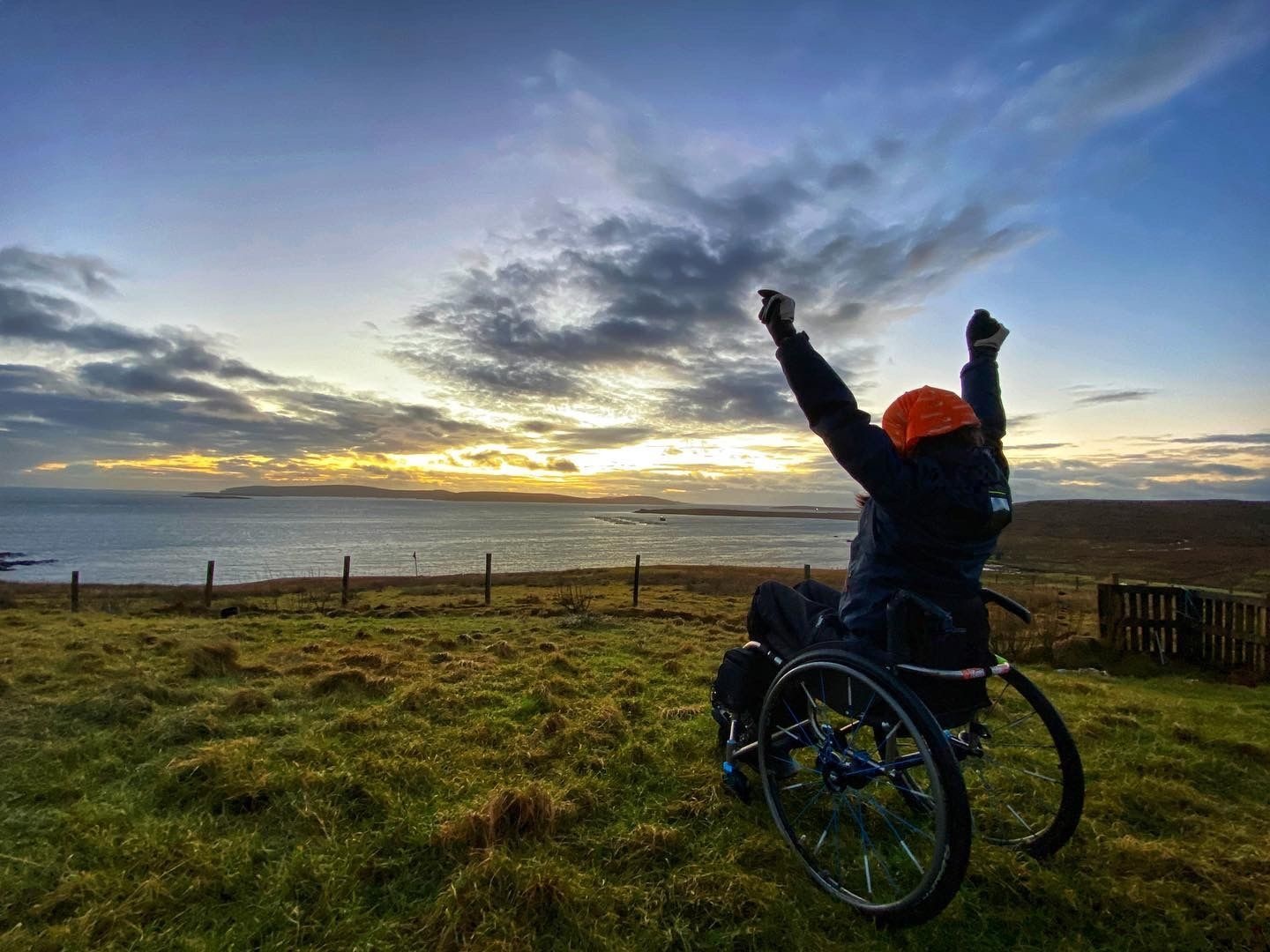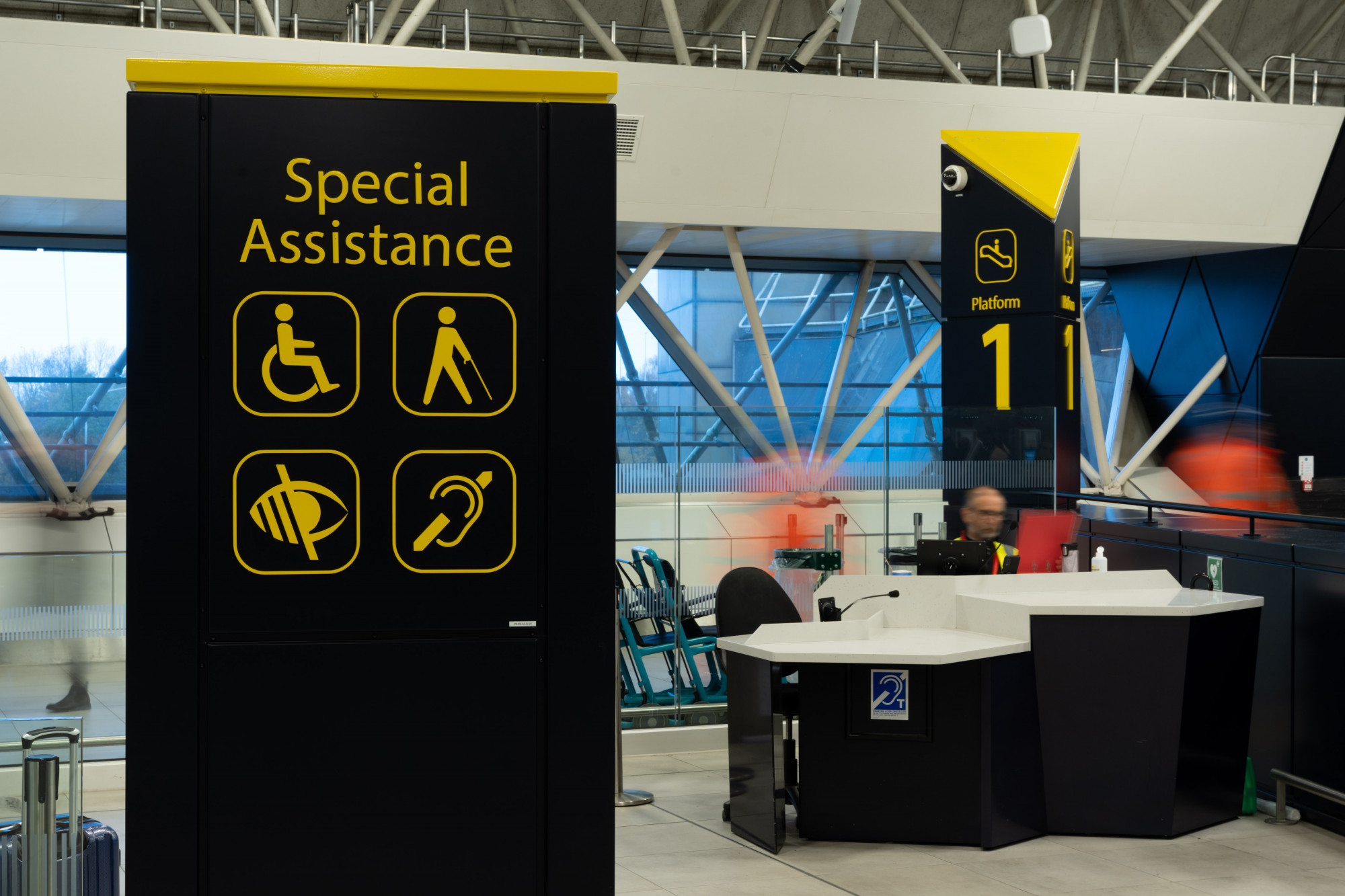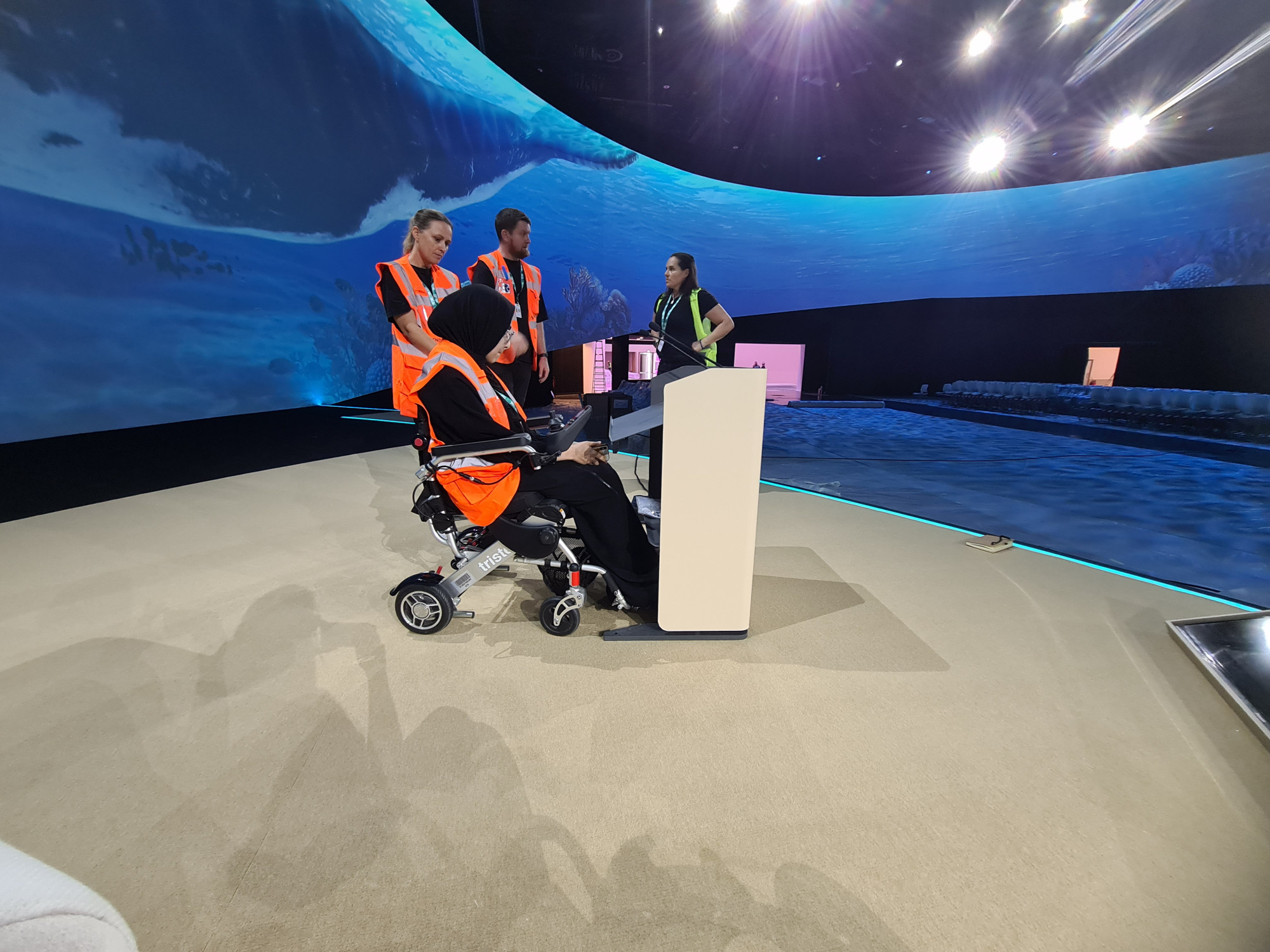Designing a future of inclusive destinations
In an increasingly interconnected world, creating accessible and inclusive destinations is more important than ever. With one in six of us living with some form of disability, designing destinations that welcome everyone isn’t just a matter of compliance—it’s an opportunity to foster a more connected, compassionate, and commercially successful space.
Creating accessible and inclusive destinations is no longer a ‘nice to have’ in hospitality, tourism and travel, especially as destinations aim to cater to diverse visitor requirements (as well as those of colleagues) and improve their overall experience.
Here are our 5 hints and tips to making destinations more accessible and inclusive.

1. Understanding User Needs Through Empathy-Driven Research
A truly inclusive approach begins with a deep understanding of the varied requirements and experiences of all users, which often requires direct engagement, a willingness to listen, and - importantly - an opportunity to co-create better solutions. At Mima, we place a strong emphasis on ethnographic research to uncover and address accessibility challenges, a practice that was integral to our work at Liverpool John Lennon Airport. Mima’s team observed passengers throughout the security process to understand behavioural patterns and common challenges, resulting in a redesigned repack station that improved passenger flow and created a more relaxed environment for everyone, including disabled and older people, and those with other protected characteristics under the Equality Act (2010).
To replicate this approach, destination developers should engage users in every step of the design process. Techniques like qualitative surveys, simulated journeys, and interactive focus groups allow designers to identify barriers and understand the unique requirements of each group. By involving users with accessibility requirements and their companions in the design phase, planners gain insights that can lead to solutions tailored to the real-world experiences of visitors, passengers, and colleagues.
2. Wayfinding as an Accessibility Tool
Effective wayfinding is a fundamental aspect of inclusive design, and Mima has demonstrated its impact across high-traffic destinations, including Gatwick Airport. By blending visual cues with digital signage, strategically placed maps, tactile elements, and clear, intuitive graphics, we created a seamless wayfinding experience that guides passengers and staff members smoothly through the space. The goal was to reduce confusion, alleviate stress, and improve navigation for people with diverse requirements, including those with visual or cognitive impairments.
A key takeaway for other destinations is to integrate visual consistency and simplicity in signage. By using high-contrast colours (and focusing on LRV differentiation), universally recognised symbols and arrows, and consistent language, designers can improve the experience for all. Digital solutions, such as mobile wayfinding apps that offer audio guidance, or pre-visit visual stories that are made available on accessibility webpages, are also effective, especially when physical signage is not enough to promote an accessible environment for all.

3. Prioritising Physical and Sensory Accessibility
Accessibility isn’t just about step-free access; it encompasses sensory, cognitive, and physical elements. In collaboration with VisitEngland, Mima developed an accessible and inclusive tourism toolkit tailored for small to medium-sized businesses, offering them actionable steps to make venues more accessible without requiring extensive time, budget or resources. This toolkit encourages inclusive practices across physical spaces, digital platforms, and staff training, highlighting the importance of a holistic approach that considers various impairments and access requirements.
To make a destination more accessible, businesses can focus on features such as:
Physical access: Ensure pathways, entrances, and seating arrangements are easy to navigate and accessible to wheelchair users, older, and pregnant people
Sensory-friendly options: Unable to provide a fully kitted-out sensory room? Consider prioritising and advertising, quiet zones, or low-stimulation areas for visitors who may be neurodivergent and benefit from somewhere to decompress
Assistive technology: Install features such as tactile maps and induction loops which can significantly improve the experience for visitors who may be blind or partially sighted, D/deaf or hard of hearing
4. Building Inclusive Experiences Through Staff Training
Inclusivity is a mindset that extends beyond the physical environment. Staff and volunteers play an essential role in creating a welcoming atmosphere. Mima has advised various organisations on inclusive operations training, including training volunteers for Expo 2020 and COP28 to better understand and support visitors with accessibility requirements. Inclusive training enhances empathy and confidence amongst staff, enabling them to respond more effectively and efficiently to those who require additional information or assistance.
Simple initiatives like empathy exercises, workshops on disability etiquette, and inclusive language training can go a long way in empowering employees to create a respectful and supportive environment. Staff members trained in inclusive communication and proactive assistance can make visitors feel valued and respected, fostering a more positive and inclusive destination experience.

5. Promoting Digital Accessibility
With the rise of digital information and self-service kiosks, it’s essential to ensure that digital platforms are accessible to everyone. This includes making websites, apps, and kiosks WCAG (Web Content Accessibility Guidelines) compliant and providing features like in-built screen readers, customisable font sizes, and image descriptions. For example, Mima’s work with the National Science and Media Museum emphasised the importance of easy-read formats and digital inclusivity, ensuring that exhibits were accessible for visitors with varying requirements.
To enhance digital accessibility at your destination, consider adding the following:
Alternative formats: Provide audio descriptions, online (captioned) familiarisation videos , and sign language interpretation wherever possible.
Accessible website design: Ensure that your website is easy to navigate using only a keyboard and is compatible with screen readers. Make sure that all accessibility information is available in one place, and can be accessed from the homepage with a maximum of 3 clicks.
Interactive digital support: Think about the time it might take for someone to fill in a digital form and book a ticket, can that process be simplified, or any threat of ‘timeout’ removed? Where possible, provide opportunities to lower digital content on-screen for wheelchair users, ensure buttons are large enough to be pressed by those with limited dexterity, and colour palettes are well-considered for comfort as well as contrast. .
Inclusive design benefits everyone - it creates physical, digital and social spaces and experiences that go beyond minimum standards to foster a culture of involvement, engagement and belonging. Destinations that invest in accessibility are not only ethically and socially responsible but are also better positioned to attract a wider audience, including aging populations and individuals with temporary or situational impairments and access requirements, whether visible or non-visible.
By following these steps and adopting best practices from industry leaders like Mima, destinations can evolve into more inclusive and accessible places that welcome all guests, setting a new standard for hospitality, tourism, and public spaces. Embracing inclusivity isn’t just about modifying the physical environment; it’s about cultivating an experience that allows every visitor to feel truly included, valued, and respected.
Written by:

Emily Yates
Head of Accessibility and Inclusive Design
Emily has worked on numerous accessibility initiatives for national and international organisations, including the Olympic and Paralympic Games in Rio de Janeiro and Heathrow Airport. Emily has also worked with the Council of Europe and sat on equality boards advising premier league football clubs.